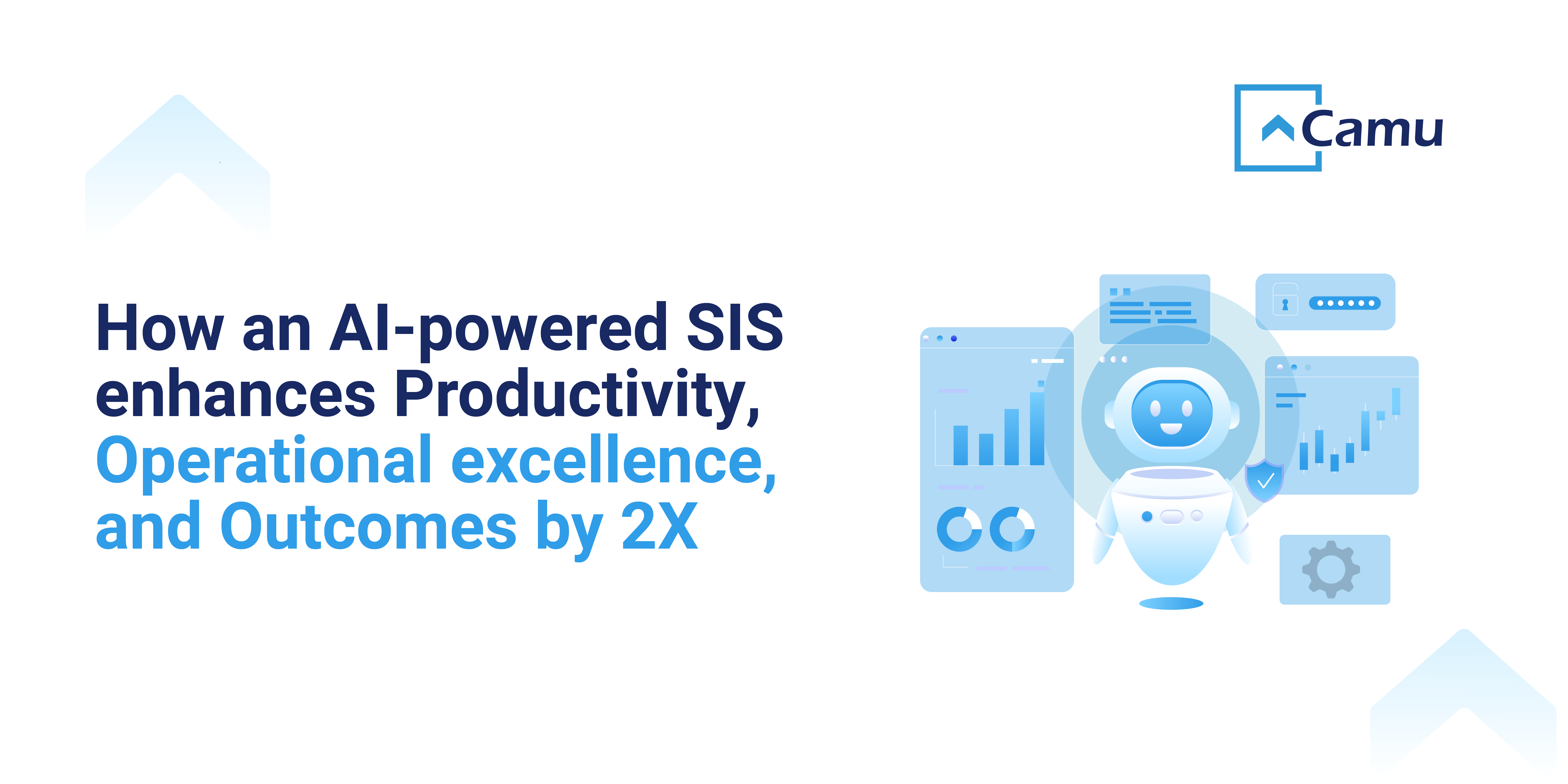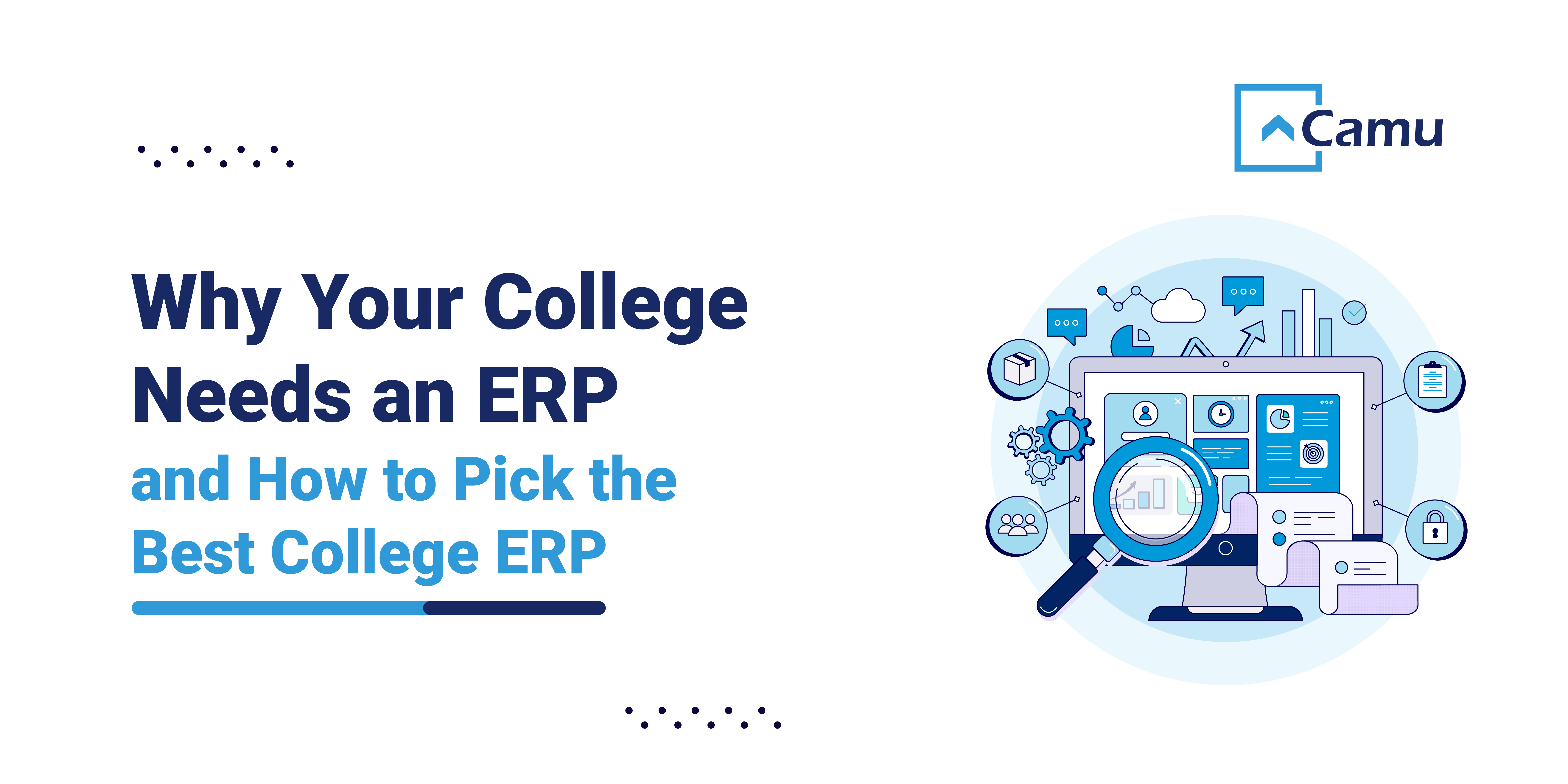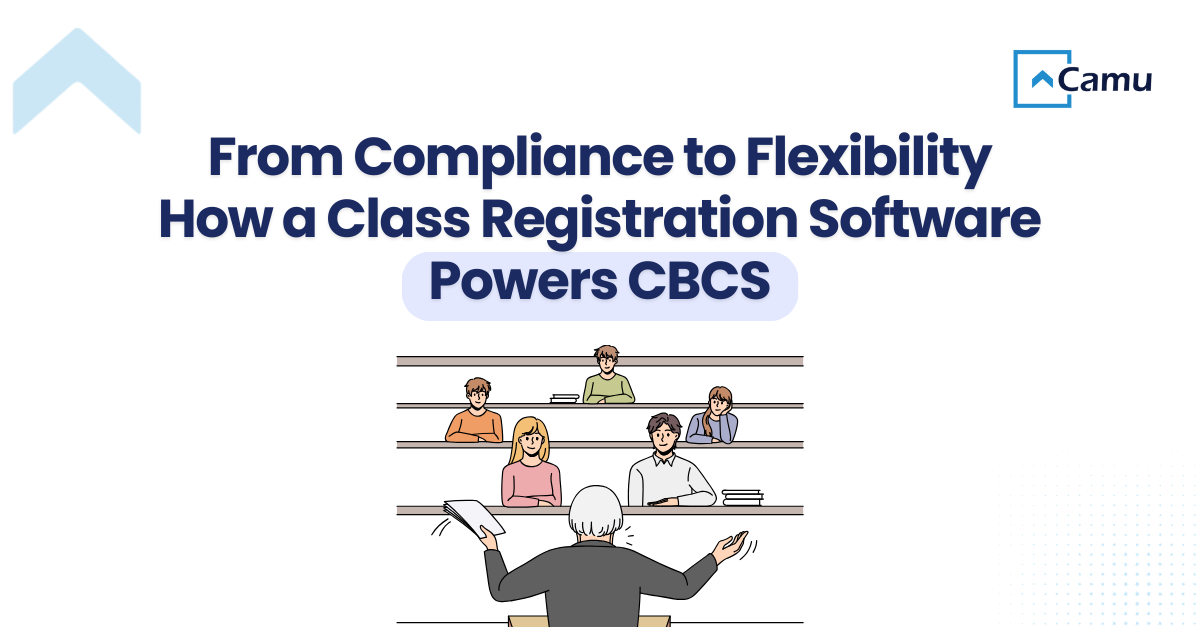Table of Contents
Introduction
The Importance of ERP for Schools
Efficiency Enhancement
Real-time Insights
Transparency and Accountability
Time and Resource Savings
Cost Reduction
Parent-Teacher Collaboration
Data Security
Scalability
Enhanced Decision-making
Student Engagement
Paperless Environment
Successful Implementation of School ERP
Define Clear Goals and Objectives
Monitor and Continuously Improve
Test and Evaluate
Choose the Right ERP System
Prepare Your Staff
Market Research
Take Free Demonstrations More Than Once
Keep Your Priorities Clear
Take Proper Training
Top Features to Consider in an ERP System
Fee Management Software
Library Management
Student Information Management System
Transport Management
Attendance Management System
Admission Management System
ID Card Generator
Examination and Grading
Homework and Assignments
Conclusion
Introduction
Having a profound understanding of how to utilise any technology can yield numerous benefits. Conversely, a lack of proficiency in its proper application can lead to disorder and setbacks. School management software exemplifies such a technology, capable of enhancing productivity, efficiency, and revenue in educational administration.
Regrettably, inadequate implementation often results in schools failing to realise the software's true potential, wasting both time and resources. This cycle of shifting from one software solution to another not only inconveniences school management but also undermines confidence in educational technology's efficacy.
This is your ultimate guide on education ERP software. Keep reading to understand how best to implement a cloud-based school ERP system that can help you streamline all administrative tasks.
The Importance of ERP for Schools
In the digital age, managing the operations of a school goes beyond pen and paper. Schools are complex organisations with multifaceted functions that include student admissions, fee management, attendance tracking, library management, and much more.
ERP solutions for schools bring all these functions under one umbrella, allowing for streamlined processes, reduced manual efforts, and improved decision-making.
Efficiency Enhancement
ERP systems centralise diverse processes, eliminating redundancy and enhancing operational efficiency. From admissions to attendance tracking, all tasks are streamlined and automated.
Real-time Insights
Schools gain access to real-time data, enabling informed decision-making. Dashboards offer a comprehensive overview of student performance, resource utilisation, and financial status.
Transparency and Accountability
With ERP, roles and responsibilities are clearly defined, fostering transparency. Management, teachers, and parents can track individual progress and contributions.
Time and Resource Savings
Manual tasks are automated, reducing administrative burdens. Teachers can focus more on teaching, while administrative staff allocate time more efficiently.
Cost Reduction
ERP software optimises resource utilisation, minimising wastage. Streamlined operations lead to reduced operational costs over time.
Parent-Teacher Collaboration
ERP facilitates seamless communication between parents and teachers. Instant updates on student performance, attendance, and events strengthen the partnership.
Data Security
Data encryption and role-based access ensure the security of sensitive information. It prevents unauthorised access and safeguards student and staff data.
Scalability
As schools grow, ERP systems can be scaled to accommodate increased demand. New functionalities can be added without disrupting ongoing operations.
Enhanced Decision-making
Data-driven insights aid in strategizing for student growth and school development. Trends and patterns help administrators plan effectively.
Student Engagement
ERP software provides online access to resources, assignments, and schedules. Students become more engaged and proactive in managing their academic journey.
Paperless Environment
ERP reduces paper usage by digitising processes. This aligns with environmental goals and reduces administrative clutter.
Successful Implementation of School ERP
Define Clear Goals and Objectives
A successful ERP implementation starts with a clear understanding of what the school aims to achieve. Whether it's improving administrative efficiency, enhancing parent-teacher communication, or simplifying fee management, well-defined goals are crucial.
Monitor and Continuously Improve
Implementation is an ongoing process. Regular monitoring, feedback collection, and improvements based on user experiences ensure that the ERP system evolves to meet the changing needs of the school community.
Test and Evaluate
Before going live, it's essential to thoroughly test the ERP system to identify and address any glitches or issues. User feedback during this phase can be invaluable in fine-tuning the system.
Choose the Right ERP System
Selecting the right school ERP system is a critical decision. Factors such as scalability, ease of use, customization options, and vendor support should be considered before making a choice.
Prepare Your Staff
Comprehensive training for teachers, administrators, and staff is essential to ensure that everyone is comfortable using the new system. This minimises resistance to change and facilitates smooth adoption.
Market Research
Conduct thorough research to understand the available options in the market. Analyse features, reviews, and case studies to make an informed decision.
Take Free Demonstrations More Than Once
Don't rush into choosing the top ERP software. Take advantage of free demos offered by vendors and explore the features in depth. Test scenarios relevant to your school's needs to ensure a good fit.
Keep Your Priorities Clear
Different schools have different needs. Prioritise the features that align with your school's specific requirements and avoid getting swayed by flashy features that might not be relevant.
Take Proper Training
Ensure that your staff receives proper training on the chosen ERP system. Adequate training minimises the learning curve and helps staff utilise the system effectively.
Top Features to Consider in an ERP System
Fee Management Software
An efficient fee management module simplifies fee collection, generates receipts, tracks pending payments, and provides real-time financial insights.
Library Management
Streamline library operations with features like cataloguing, circulation tracking, online reservations, and overdue reminders for enhanced student engagement.
Student Information Management System
Maintain comprehensive student records, including academic history, attendance, performance, and communication history.
Transport Management
Effectively manage school transportation with features like route optimization, real-time tracking, and communication between parents and drivers.
Attendance Management System
Automate attendance tracking, generate reports, and send instant notifications to parents about their child's attendance status.
Admission Management System
Streamline the admission process with online forms, document uploads, interview scheduling, and real-time updates on application status.
ID Card Generator
Generate student and staff ID cards with ease, complete with essential information and photographs for security and identification purposes.
Examination and Grading
The best ERP software streamlines examination scheduling, grading, and result processing. Teachers can input grades, generate report cards, and provide feedback, enhancing transparency in assessment.
Homework and Assignments
Teachers can assign homework and projects online, and students can submit assignments digitally. The system tracks deadlines, ensures timely submission, and offers a consolidated view of tasks.
Conclusion
In the dynamic landscape of modern education, School ERP systems have become more than just a trend; they are a necessity. Implementing an ERP system can revolutionise school management, providing a comprehensive platform for efficient operations and improved communication.
As schools prepare for the future, embracing ERP systems is not merely an option – it's a strategic move toward creating an environment that fosters growth, innovation, and excellence in education.
Camu stands as the ultimate destination for school ERP software and solutions due to its all-encompassing features. With seamless integration of administrative tasks, communication, assessment, and analytics, our ERP solutions empower schools to elevate efficiency and engagement. Camu’s user-friendly interface, scalability, and data security make it the epitome of modern education management.
So, take the leap, invest in the right ERP solution, and watch your school transform into a well-oiled institution delivering excellence.





